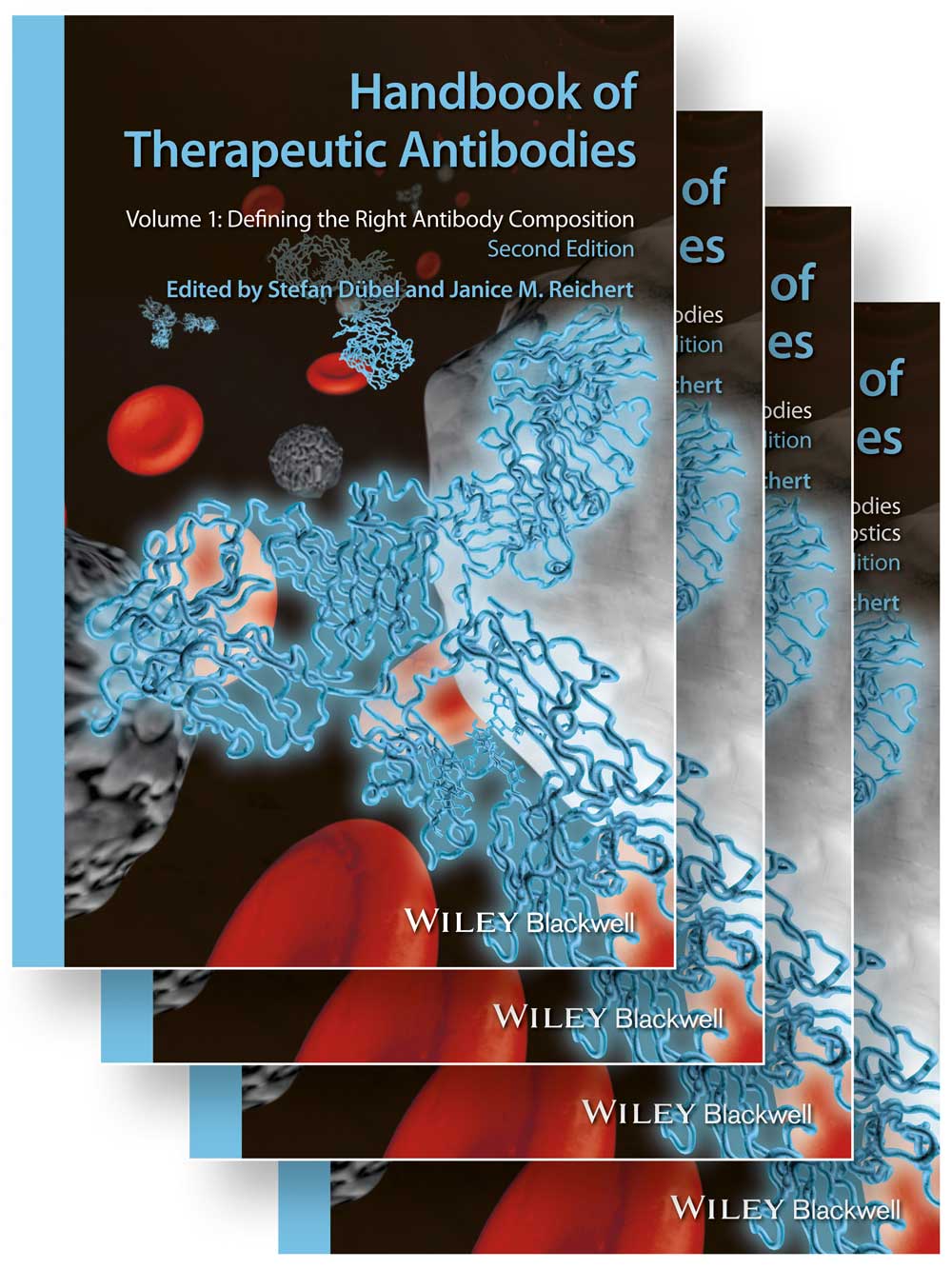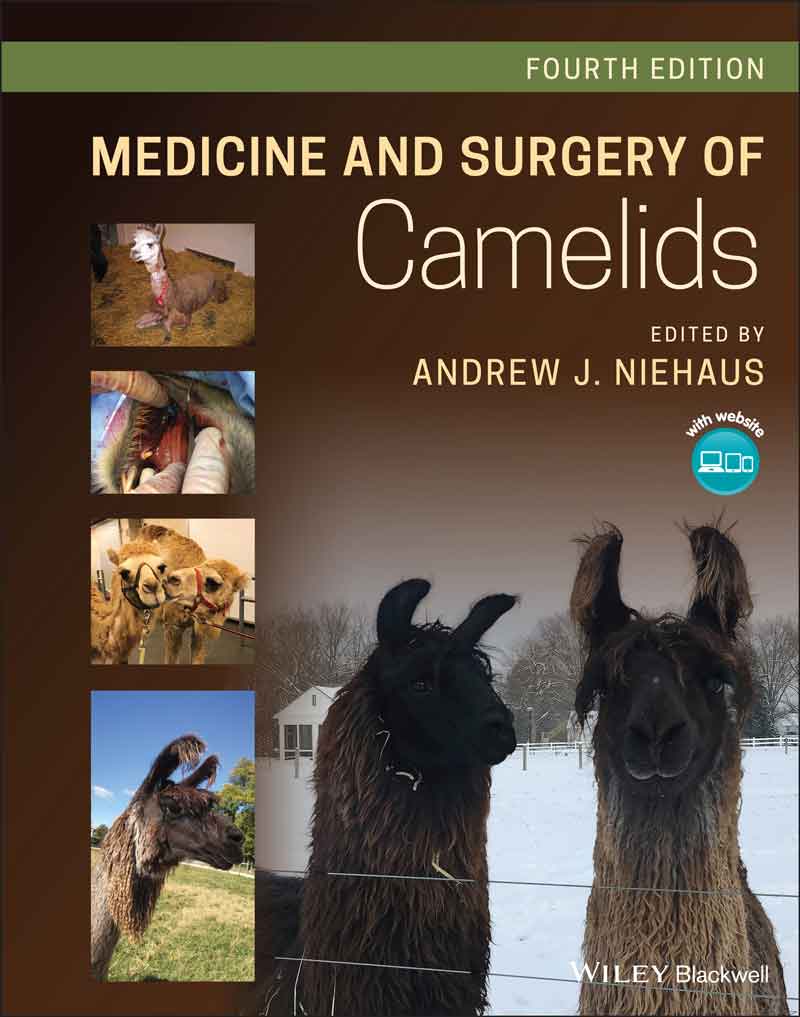
While the United Nations have designated 2024 as the International Year of Camelids, it seems fitting to focus on a little-known peculiarity of the immune system of camels, dromedaries, llamas and their relatives, which has sparked the development of a new class of therapeutics.
Exciting Discoveries
In humans as well as in all non-camelid mammals, antibodies are relatively large molecules made up of two heavy and two light chains, and it was long believed that both heavy and light chains are required for antigen binding. In camelids, however, up to 80 % of antibodies completely lack the light chains yet bind to antigens just as strongly as their larger cousins. The discovery of heavy-chain-only immunoglobulins in dromedaries, soon dubbed camelbodies, in the early 1990s led to the development of increasingly smaller single domain immunoglobulins, the smallest of which are called nanobodies and have a size of only 10% of a human immunoglobulin. Their small size and single domain structure on the one hand make them ideally suited for large-scale production in bacterial cells and on the other hand allow them to penetrate tissues and cells much more readily than a full-size antibody.
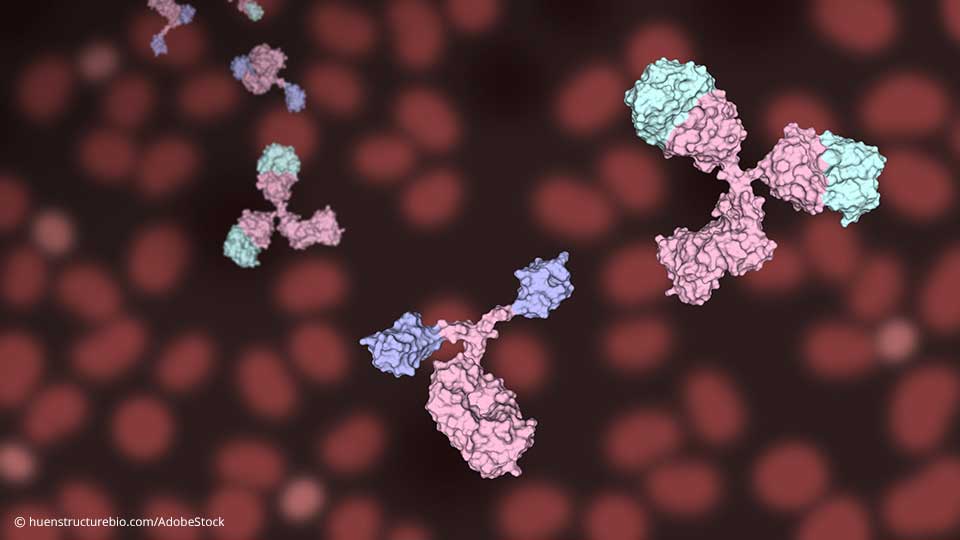
Heavy-chain only antibodies with variable domains colored light purple and conventional immunoglobulins with variable domains colored light green against red background
Therapeutic antibodies derived from camelids
For a time in the late 1990s and early 2000s, biotechnologists were very keen to collaborate with veterinary institutes that had a herd of dromedaries, camels or llamas, allowing them to generate specific camelbodies by immunizing the animals with a target molecule. In the meantime, numerous camelbody cDNA libraries exist which allow the generation of novel types of nanobodies without a live camel.
To date, single domain antibodies derived from camelids have been used as diagnostic tools, imaging probes, as well as therapeutics that can be inhaled or taken orally − routes that are often not available to conventional therapeutic antibodies.
- Handbook of Therapeutic Antibodies, 2nd Edition, edited by Stefan Dübel & Janice M. Reichert, ISBN 978-3-527-68244-7
- Medicine and Surgery of Camelids, 4th Edition, edited by Andrew J. Niehaus, ISBN 978-1-119-58324-0

Warum organische Moleküle Namen brauchen – und warum das gar nicht so einfach ist
In der organischen Chemie gibt es Millionen von Verbindungen – und jede braucht einen eindeutigen Namen. Ohne klare Regeln wäre die Kommunikation zwischen Chemiker*innen ein einziges Chaos. Genau deshalb gibt es die IUPAC-Nomenklatur: ein weltweit einheitliches...
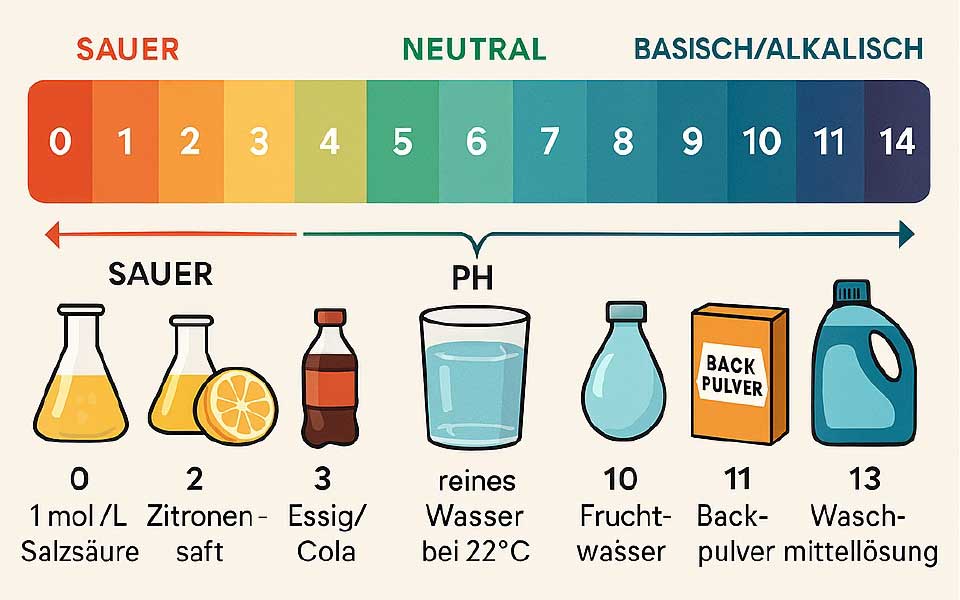
Was ist eigentlich der pH-Wert – und warum interessiert das die Chemie?
Der pH-Wert sagt uns, wie sauer oder basisch (alkalisch) eine Lösung ist. Die Skala reicht von 0 bis 14: pH 7 ist neutral (z. B. reines Wasser), unter 7 ist sauer (z. B. Zitronensaft), über 7 ist basisch (z. B. Seifenlauge). Der Begriff „pH“ steht für „potentia...
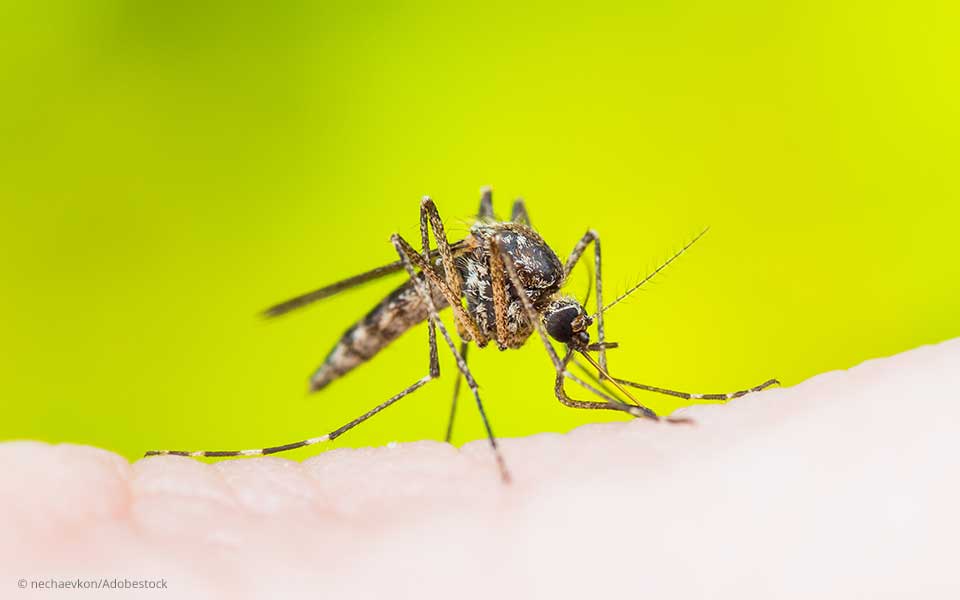
Unter Einsatz ihres Lebens: Virusforscher identifizieren den Überträger des Gelbfiebers
Gelbfieber ist eine oft tödlich verlaufende Tropenkrankheit. Sie wird durch das Gelbfiebervirus (aus der Familie der Flaviviren) ausgelöst und von Mücken der Art Aedes aegypti übertragen. Gefürchtet war diese Krankheit bei Generationen von europäischen Einwanderern in...
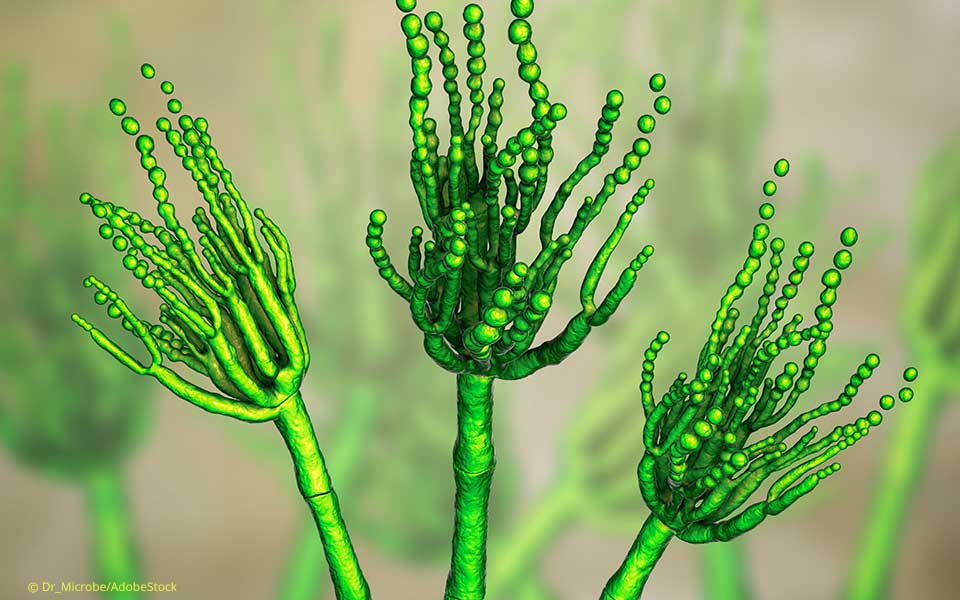
Three molecules that changed the world – and how they did It
Some molecules are more than just chemical structures – they are the unsung heroes of human history. They’ve cured diseases, sparked industries, and even inspired legends. Let’s take a journey through the molecular hall of fame and meet a few of the tiny titans that...

